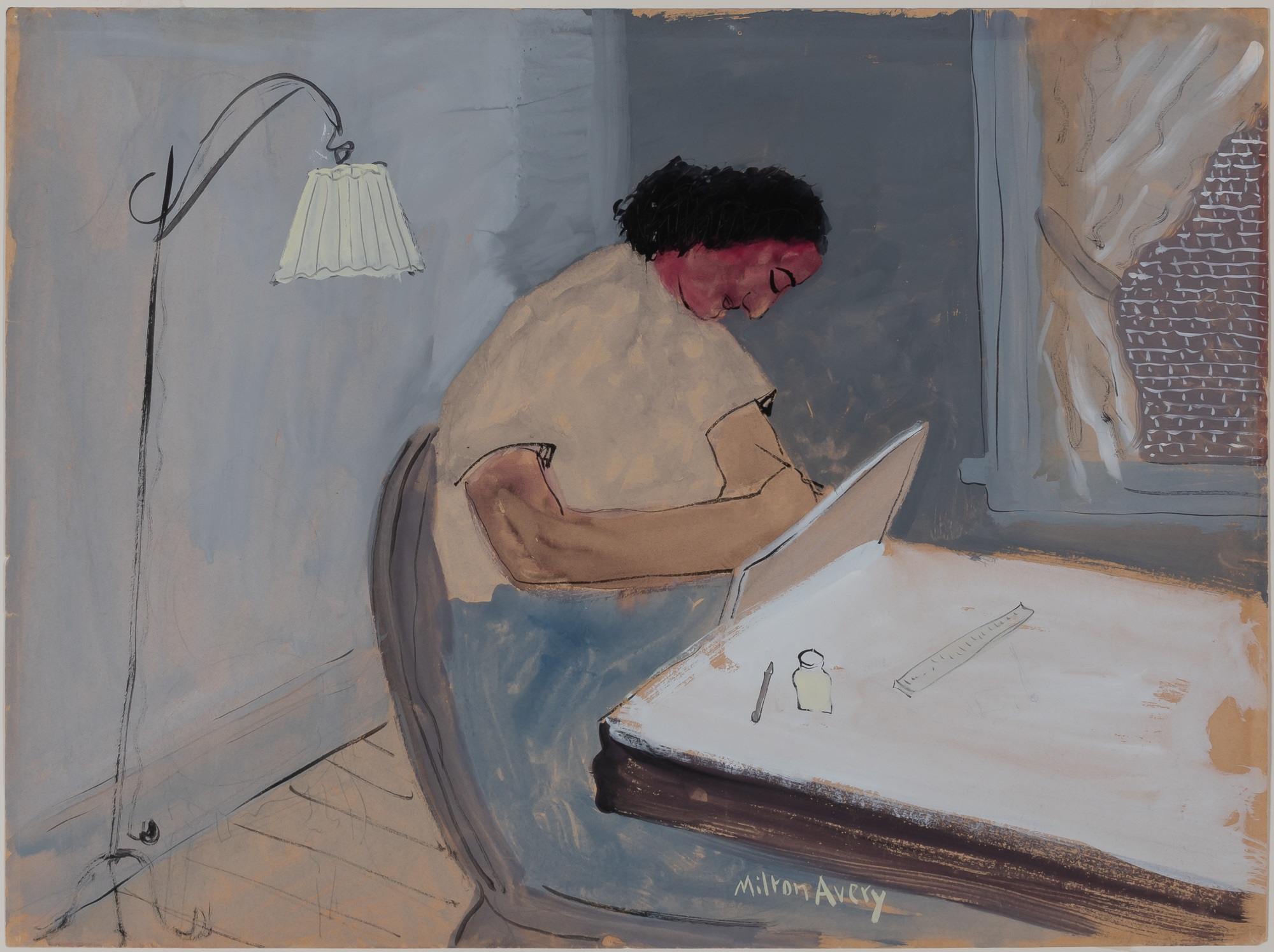
Milton Clark Avery
American, 1885-1965
Born in upstate New York in 1885, Milton Avery worked industrial jobs before moving to New York City in 1925 to pursue painting full-time. Despite this delayed start, he developed a deeply personal style that bridged the gap between American realism and abstraction.
Avery’s mature work is defined by simplified forms, flattened space, and broad, unmodulated areas of color. His approach anticipated elements of both Color Field painting and Abstract Expressionism, influencing artists such as Mark Rothko and Adolph Gottlieb.
Art ran in the Avery family. His wife Sally Michel Avery was a painter and collaborator, and their daughter, March Avery, is a noted artist in her own right. Both of their work has also been sold at Doyle, continuing the family’s presence in the art market.
Throughout his career, Avery exhibited widely and steadily gained recognition. A pivotal moment came with his solo exhibition at the Phillips Collection in 1943, followed by a major retrospective at the Whitney Museum of American Art in 1960. By the end of his life, he was firmly established as a central figure in American modernism. Today, Avery’s work is celebrated for its compositional clarity and refined color harmonies. His paintings remain essential to understanding the evolution of 20th-century American art, offering a quiet shift in how form and space could be interpreted on canvas.